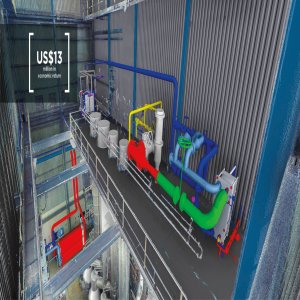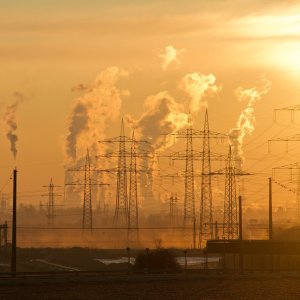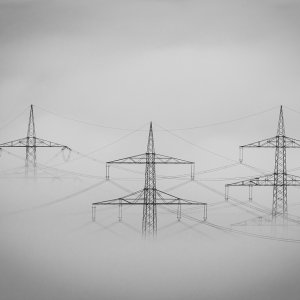Transparency, Flexibility and Competitiveness for Energy Trading

STORY INLINE POST
Q: What are Ammper Energía’s recent milestones in the wholesale electricity market (WEM)?
A: 2018 was an important year for Ammper Energía. We are among the qualified suppliers that are actually operating in the WEM. To date, we have three fully functional divisions: supply, trading and market representation services. All three have already signed operational contracts. Our market representation service is close to accumulating 1GW of capacity represented by Ammper Generacion either directly or indirectly in the energy transactions of Mexico’s WEM.
Q: What is your assessment of the first year of CELs?
A: Our trading division is primarily focused on these trades. While we are seeing low liquidity, the market is progressively evolving and growing, rooted in a gradually established consensus over CEL price, with levels becoming clearer for the next two to three years. CRE recently launched the S-CEL system, a platform to monitor CEL trading transactions where most of the power producers are already registered. CEL supply has yet to reach expected levels because it is conditioned by the successful conclusion of verification units’ processes to corroborate the number of CELs power producers can provide from their power generation.
Q: What is your view on energy trading price imbalances between power producers and qualified users?
A: Qualified users are constantly on the lookout for the best price levels. In our experience, they are aware that their trading price tags will not reach long-term electricity auction levels. I believe the imbalance comes rather from trading terms rather than price levels. Power producers need to sign 15-year contracts for their renewable energy generation projects to be bankable, while qualified users are looking for shorter terms to guard themselves against unpredictable price variability. They rarely sign for contract terms longer than five years. Qualified suppliers are critical as middlemen in that regard as they bridge the term gap, providing bankability to power producers’ projects and competitive electricity rates to qualified users. For qualified users, to trade directly with power producers implies a 24/7 monitoring of energy supply and demand, and integrating a specialized energy team with strong trading notions, which not all are able to develop. It represents sizable amounts of extra investment, time and effort. Another pending issue that is needed to boost energy trading is the increased involvement of financial entities. By crafting bankable long-term PPAs with solid warranties, financial entities can contribute to mitigating inherent long-term risks.
Q: How does Ammper Energía provide a bridge between unbalanced terms?
A: Long-term electricity auction prices require power producers to rely on bankable long-term PPAs. If that possibility is on the table, they are willing to apply significant discounts compared to spot prices as it covers the bankability of the utility-scale project. Long-term PPAs are more the exception than the norm at the moment. One of the biggest challenges for qualified suppliers is to manage risks and mitigate term mismatches inherent to the industry. Qualified users are reluctant to sign contract terms longer than five years and banks remain averse to financing projects that lack long-term PPAs.
Q: What are Ammper Energía’s next steps after closing a business relationship with its first clients?
A: Ammper Energía’s philosophy is based on three commercial values. Our first priority is transparency. In the last two years, we have invested heavily in our operational and data systems to provide as much information as possible to our clients. We are able to measure the WEM’s range of variables in hourly or daily time frames. Second, we focus on flexibility. We adapt our services and expertise to the specific needs of our clients on a case-by-case basis. Our third value is competitiveness. Electricity, as a commodity, is a highly competitive business niche where the primary differentiator stems from an efficient operation.























